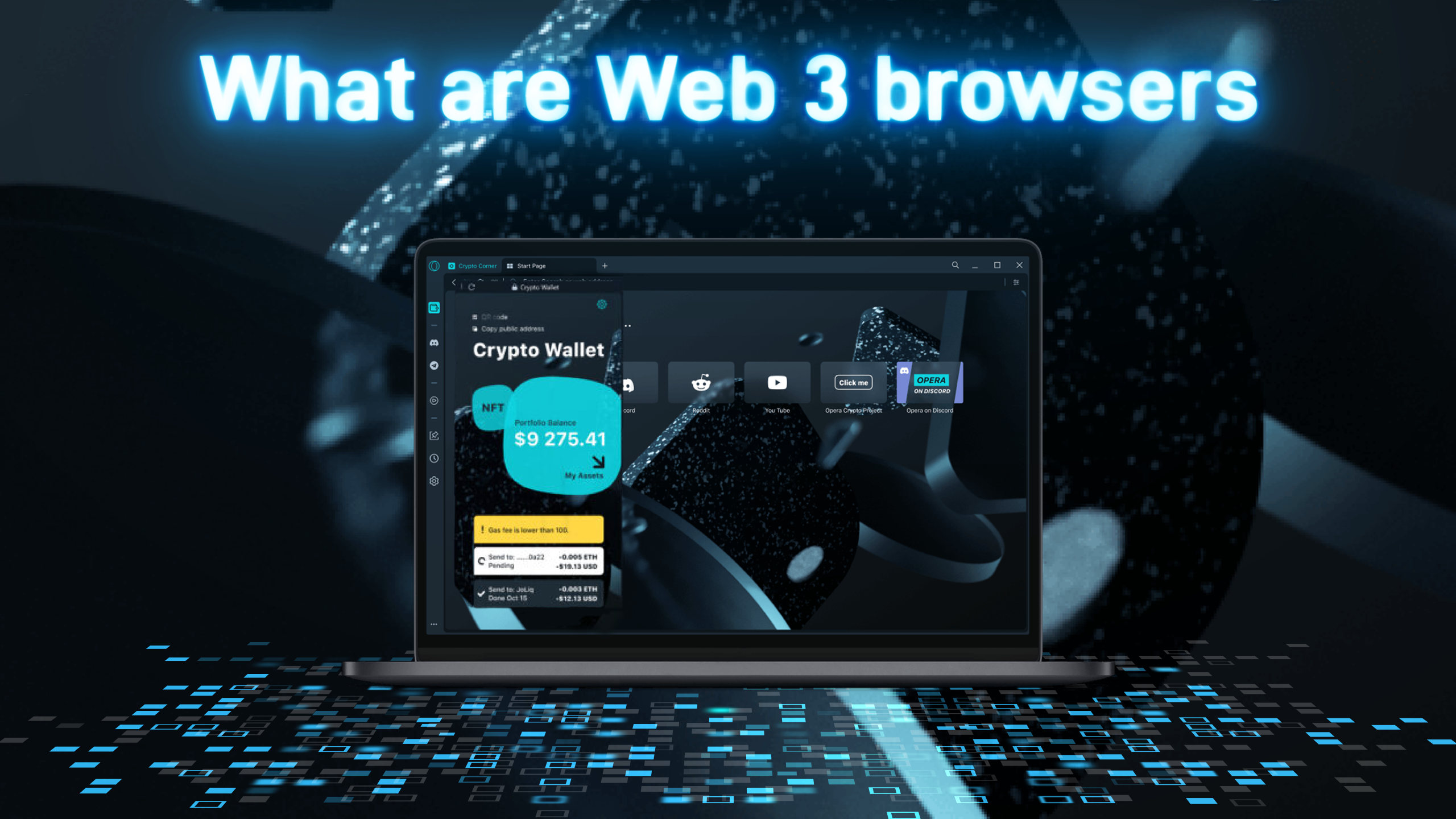The growth of blockchain has led to many people talking about a new evolution of the internet or the web as we know it. The argument is that the web is experiencing a third iteration. The first generation of Web 1.0 was the era of non-interactive websites that allowed the user only to read the information provided by the developers.
The second-generation, or Web 2.0, allows the user to interact with the website and offers editing power. So the user becomes a co-creator on the site, which leads to the popularity of social media and blogs. Here, the user becomes part of the web and offers the resources relevant to the maintenance of the web.
Then, the rise of the blockchain and the decentralized capacity that it offers users has led to discussions about the third generation of the web. This generation of the web is called the decentralized web and seeks to offer more security, personalization, and privacy.
However, unlike the first two generations, where the same type of browser is used to browse the web, in the third generation, the browsers used are different because they run on the blockchain and seek to improve on the issues being faced by the users of the initial browsers. So the question that this article is trying to answer is: what are Web 3 browsers?
What are Web 3 Browsers?
Web3 browsers are browsers used to access the internet. However, unlike normal browsers, these browsers run on the blockchain and use decentralized technology. Web 3 runs on Ethereum or other networks and seeks to bring together decentralized finance (Defi) and Decentralized Applications (DApps).
The goal of Web 3 is to change the way the web works so that individual users can decide what they want to do with their data, integrate their finances into this data, and also run applications without the fear of the issues of privacy that have dominated earlier versions of the web.
On the surface, Web 3 browsers do not look very different from earlier browsers, but a look at the idea behind them shows that a vast difference exists between them. Some of the features that define Web 3 browsers are the browser's emphasis on understanding data from semantics rather than through keywords or numbers; this is why many people call Web 3 the semantic web.
Another important feature is the decentralization of the web. Unlike in the past, the web is focused on community and the individual's data is used to build a better community. The focus here is on decentralization, and the individual's data is only available to them. On Web 3 browsers, the power of data is in the hands of the user.
What are the best Web 3 Browsers?
Choosing the best Web 3 browsers will be very hard. We can, however, highlight those who are highly ranked and leave it up to you to experience them.
Osiris Browser
It is a Web 3-based browser that emphasizes easy access to DApps and has a strong DeFi feature. It serves as a link between different blockchains. The main upside is that it offers easy access through a clean interface and enables faster transactions by serving as a layer 2.
It also emphasized privacy. It is the first browser to work on a blockchain network. One of the features that define this browser is the Metawallet, which works only on the browser and allows users to carry out transactions without excessive transaction fees and acts as a link between different blockchains.
Another feature is the Osiris Armor, which blocks all ads and cookie collection capabilities from traditional websites. It also has a Dapp store where one can get access to different decentralized applications and projects.
Opera Browsers
Opera, already a household name in the browsing industry, also launched a new browser meant for Web 3. This browser is fast and comes with an adblocker.
Some of the features in the browser include a built-in wallet that allows users to swap and change cryptocurrencies and tokens. The private keys to this wallet are on the mobile phone, and they serve as a hardware key to use the wallet, offering it more security capability. They also have a fully dedicated crypto browser in the beta stage.
Brave Browser
Brave is a popular browser that is going into the Web 3 space. It recently announced its blockchain integration, which essentially made it a Web 3 browser, and announced a new cryptocurrency called BAT (Basic Attention Token).
It supports crypto wallets and allows P2P file hosting. The browser emphasized privacy but allowed users to watch some ads to earn BAT tokens. The system is designed so that while helping the browser and the advertisers, no data is taken from the user's device. The browser also offers a native wallet.
Benefits of Using Web 3 Browsers
One could get many benefits from using a Web 3 browser. Some benefits depend on the browser being used, while others are general. Here, we look at some of the benefits.
- Privacy
Web 3 browsers, due to their very nature, offer users a sense of privacy that is not found in older browsers by regulating the data that websites collect and how they collect them.
- Integration of Personal Finance
Web 3 browsers aim to connect the user's finance to the browser. Most of them come with in-built wallets to do this. Therefore, Defi is part and parcel of the Web 3 browsing landscape, and it is highly integrated with it.
- Rewards
Like most things in the blockchain space, Web 3 browsers seek to reward the users for usage. Some browsers, such as the Brave browser, allow users to earn tokens that they can exchange or do many things with.
Conclusion
The new technology of the blockchain is offering us a lot of chances to change the way we interact and organize our life and data. The use of the Web 3 browser offers us decentralized platforms to take charge of our data and privacy, and in most instances, it also offers a reward. Web 3 browsers are here to stay; you should sign up for one and check it out.






